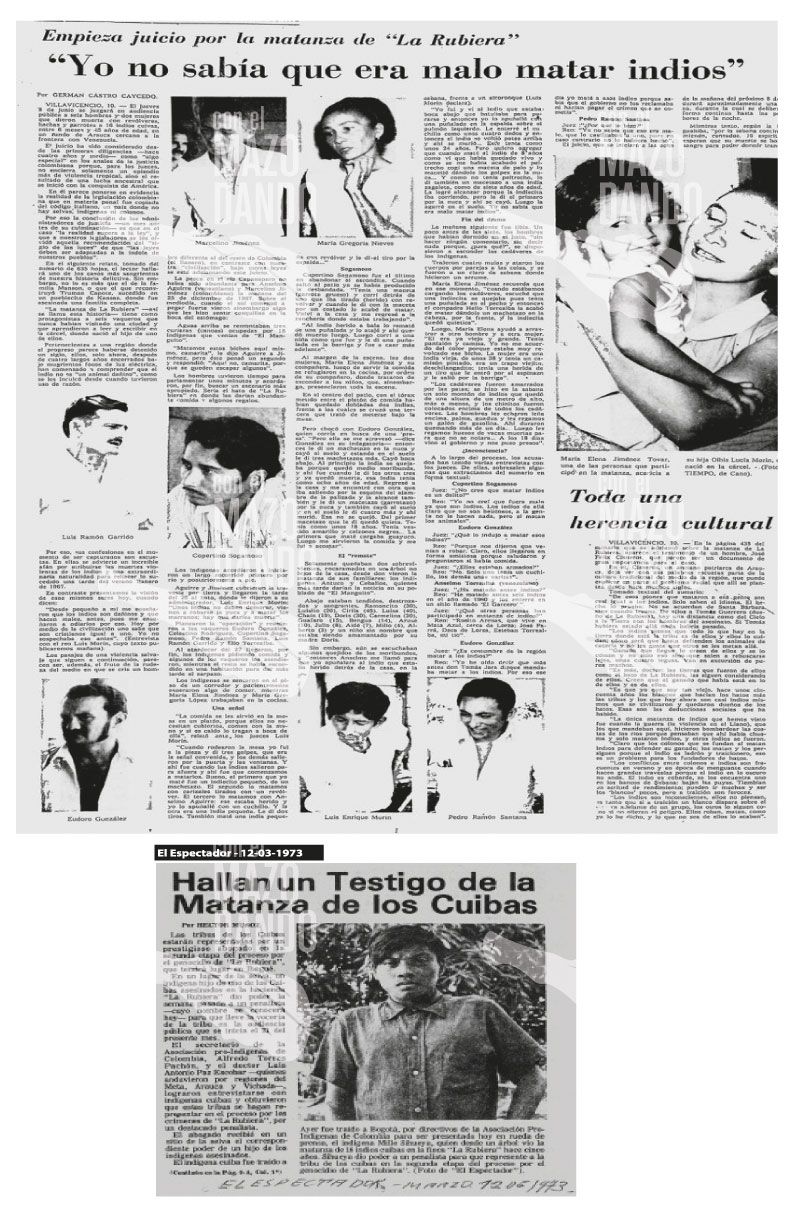THE MASSACRE OF INDIANS IN LOS LLANOS
Published at: 06/11/2024 10:00 PM
(EL NACIONAL, November 3, 1974)
- In the middle of the 20th century, among the Venezuelan and Colombian plains, the hunts of our original peoples were staged by the cruelest and most inhumane means.
- Thanks to the report made by El Nacional, a local rancher interviewed, León Moser Guerra, from the La Guanota Fund, announced the reality of the last major massacre that occurred in Arauca, Bajo Apure, known as “La Massacre de la Rubiera” (25-12-67).
- These massacres, said the buffalo farmer, were routinely carried out for years, both in Barinas and Apure, by landowners on hunts called “going out to guajibear”.
- These “guajibeadas” were also denounced by priest Gonzalo González, who made the complaint to all government bodies in the country and explained the details of what happened in La Rubiera.
- On December 26, 1967, 16 indigenous people of the Cuiba ethnic group were brutally murdered in the Highlands of the Capanaparo River, on the border with Colombia.
- 19 Cuiba Indians were invited to have lunch inside the house of the La Rubiera ranch, under the deceptive offer of offering them work.
- When they were eating roasted pork, men and women came out of the rooms who were shot, beaten and machetted. Only three managed to escape.
- Although it occurred in our territory, the Venezuelan government refrained from prosecuting those responsible for this massacre. Colombian authorities did prosecute the Colombian nationals involved in the case. One of the accused women stated: “I didn't know that killing Indians was bad.”
- The governments of “Representative Democracy” paid very little attention to these human hunts, let alone to recognize the rights that these ethnic groups have as authentic original inhabitants of Venezuela.
- According to the regulatory framework and policies of the State, they were second-rate human beings, outside the legal protection of civilization. Only their organizational and economic autonomy was recognized. But their political rights, practically absent, placed them in a situation of legal decline.
- Venezuelan and Colombian landowners used those practices of exterminating yaruros, cuibas, chiracoas and saliva to take away reserve areas, whose hunting, fishing and gathering reserves belong to them for millennia, and whose specific rights were never recognized to them in the National Constitution of 1961.

Mazo News Team